TOKYO -- Japan's space agency announced a plan to relaunch its SS-520 No.4 minirocket, which failed during launch in January. The unusually speedy move is being taken to meet demand from the public and private sectors to increase the use of civilian products in the space industry.
At a Feb. 17 news conference, Naoki Okumura, president of the Japan Aerospace Exploration Agency, or JAXA, said he wants to relaunch the rocket, after probing the cause of the failure and considering the necessary next steps. It was only four days before that JAXA released the outcome of an investigation into the cause of the failure.
The announcement is a very optimistic outlook given that preparations for rocket launches usually take a few years.
In the case of a launch failure, it is common to secure a budget from the government before planning the next move. However, Okumura remained bullish. "We will see more efforts to produce rockets at lower costs by using civilian technology, and the industry is expecting this, too," he said.

Members of an advisory panel discuss the failed launch of the SS-520 No.4 minirocket at the Ministry of Education, Culture, Sports, Science and Technology on Feb. 13.
Okumura's confidence is largely due to the fact that the costs for the next launch -- in the range of 300 million yen to 500 million yen ($2.63 million to $4.39 million) -- will be mainly borne by private companies. The government is also expected to contribute to the budget.
One of the selling points of the minirocket was the active use of civilian products to cut costs. Engineers from Canon Electronics, a unit of the Japanese imaging devices maker Canon, participated in the manufacturing of control equipment for the first time. Canon Electronics plans to accelerate its space drive, Vice President Takeshi Hashimoto said.
The three-stage rocket is an upgrade of JAXA's two-stage SS-520, which carries instruments for research observations. A bundle of wires was routed in and out of the rocket through simple cutouts on the rocket's second and third stage shells.
Postmortem
Investigators suspect that there was a loss of power caused by short-circuiting wires. The coating of the joint surface of metallic holes and wires could have come off due to the rocket body vibrating during the launch.
Although the wire bundle was protected by fiberglass tape, mechanical friction caused the tape and wire insulation coating to abrade, leading to bare metal touching the conductive aluminum structure. This caused a short circuit between the wire and ground that generated a transient current in excess of 40 amps. In an experiment reproducing the incident, it was confirmed that damage occurred to tape that protects the wires. The power supply was also found to be damaged due to extremely high pressure from the current.
Quelle: ASIAN REVIEW
---
Update: 14.11.2017
.
Japan to try again with world’s smallest satellite-carrying rocket
The space agency will try once again in December to launch the world’s smallest rocket capable of placing a satellite in orbit after the initial attempt failed in January.
The rocket, measuring 10 meters long and 50 cm in diameter, will carry a “micro-mini” satellite weighing about 3 kg developed by the University of Tokyo to collect imagery of the Earth’s surface.
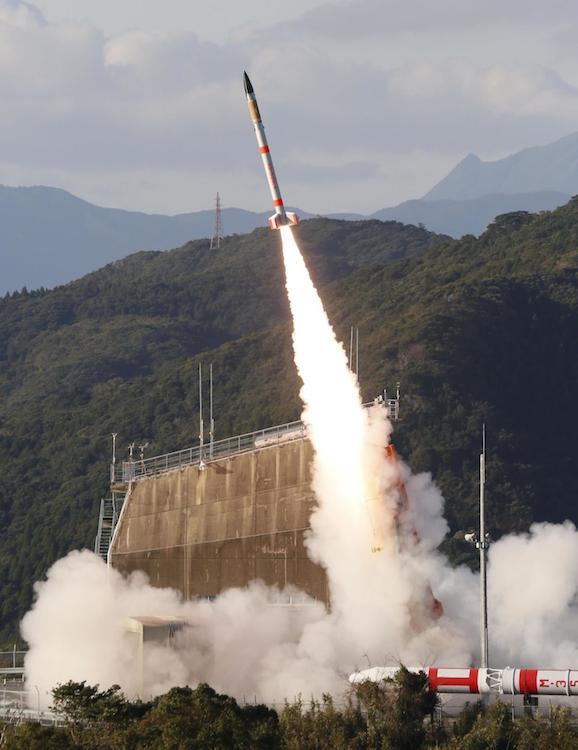
The launch scheduled for Dec. 25 will feature the fifth rocket in the SS-520 series.
The Japan Aerospace Exploration Agency (JAXA) is hoping small rockets made with commercially available components at low cost will help fuel the growing global demand for micro-mini satellites.
JAXA used components found in home electronics and smartphones for the rocket, which is about the size of a utility pole.
The three-stage rocket is scheduled to lift off from the Uchinoura Space Center in Kagoshima Prefecture between 10 a.m. and 2:15 p.m.
JAXA launched the No. 4 vehicle on Jan. 15 but was forced to have it plunge into the sea shortly after liftoff due to a communications problem. The agency determined that vibrations during the liftoff caused a short circuit, leading to loss of power at its data transmitter.
The agency said it has reinforced protection for electric cables used in the No. 5 vehicle to prevent a short circuit. It has also introduced steps to reduce vibrations during the upcoming liftoff.
Quelle: The Japan Times
---
Update: 24.11.2017
.
Launch Experiment of SS-520 No. 5 with Microsatellite Onboard
National Research and Development Agency
Japan Aerospace Exploration Agency (JAXA)
The Japan Aerospace Exploration Agency (JAXA) will conduct a demonstration experiment of a microsatellite launch by SS-520 No. 5 as follows.
- Experiment Period:
- December 25 (Mon.), 2017 thru January 31 (Wed.), 2018
- Experiment site:
- Uchinoura Space Center (Kimotsuki-cho, Kimotsuki-gun, Kagoshima Pref. Japan)
- Scheduled launch date and time:
- Between 10:00 to 14:15 on December 25 (Mon.) , 2017 (Japan Standard Time)
- Description of experiment:
- In response to the failure of SS-520 No. 4 experiment in January this year, a retry demonstration will be held for the development of rockets and satellites using civil engineering technology. The experiment has been approved by the Ministry of Economy, Trade and Industry, as part of its SERVIS project (Space Environment Reliability Verification Integrated System).
Reference
About SS-520 No. 5 and TRICOM-1R
Rocket description
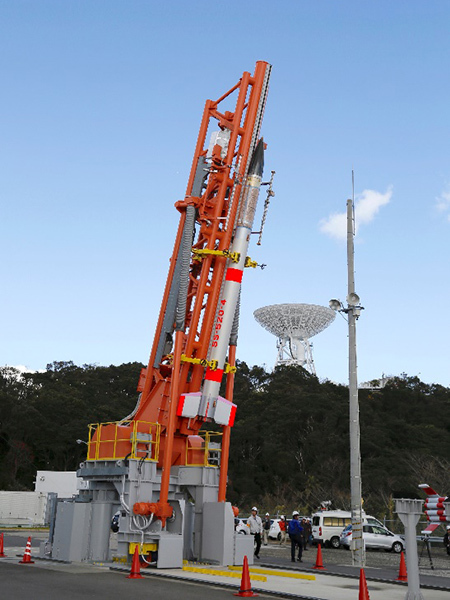
| Length: | 9.54 m |
| Diameter: | 0.52 m (Representative diameter) |
| Total weight: | 2.6 tons |
| Propellant: | solid |
| Number of Stages: | three-stage rocket |
| Launch capacity: | over 4 kg into a low orbit |
| Launch site: | Uchinoura Space Center |
| Method of launch: | launch glide (suspension) |
The SS-520 No. 5 is a three-stage rocket that is a modification of the SS-520 two-stage sounding rocket.
Payload description
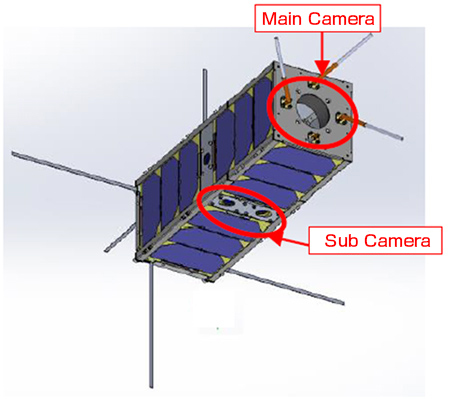
| Description: | microsatellite |
| Size: | 116 mm x 116 mm x 346 mm (excluding the antennas) |
| Weight: | approximately 3 kg |
| Orbit: | elliptical, 180 km x 1500 km |
| Inclination: | 31 degrees |
TRICOM-1R is a new generation satellite, that is produced based on the nanosatellites Hodoyoshi No. 3 and 4., which are approved by the Ministry of Economy, Trade and Industry as part of its SERVIS project (Space Environment Reliability Verification Integrated System). The Experiment Team is planning to operate the TRICOM-1R for the following missions.
-Store and Forward mission, where TRICOM-1R stores data transmitted from the ground and forwards data to the ground as the satellite positions above the ground control.
- Take photographs of the Earth with its onboard camera.
- Immediate observation mission which autonomously carries out observations of the Earth immediately after the launch and the insertation into the orbit, and sends the observation data to the ground upon the first communication with the ground station.
Quelle: JAXA
---
Update: 8.12.2017
.
Rescheduling of SS-520 Experiment with Microsatellite on board
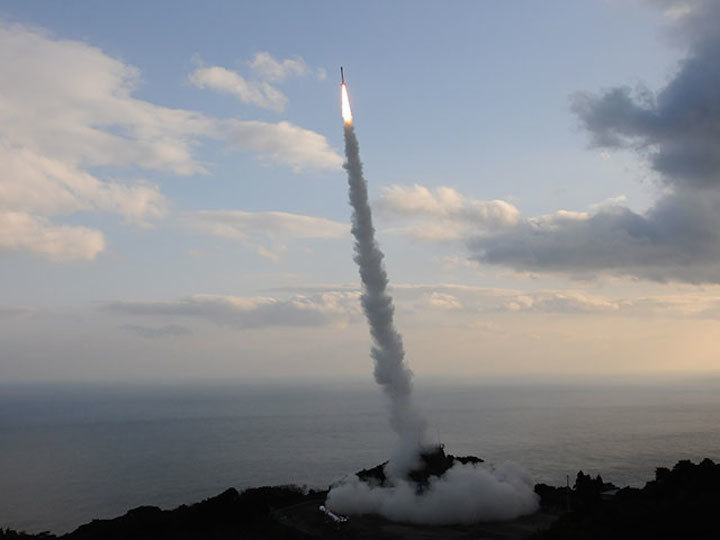
National Research and Development Agency
Japan Aerospace Exploration Agency (JAXA)
JAXA has rescheduled the SS-520 experimental launch with a microsatellite on board. This rescheduling has resulted from the updates of the third Epsilon launch operations which will also take place at the JAXA Uchinoura Space center. Refer to the following details;
- Experiment Period:
- December 28, 2017 through February 12, 2018 (including the reserved period)
- Location:
- The JAXA Uchinoura Space Center, Kimotsuki-cho, Kimotsuki-gun, Kagoshima, Japan
- Planned Time:
- Approximately 12:30 p.m. through 2:15 p.m., December 28, 2017 (Japan Standard Time)*
In the event of launch delay due to inclement weather and other reason, the updates will come out promptly.
- *
- The time of launch during this period will vary.
- Quelle: JAXA
- ---
- Update: 27.12.2017
- .
-
SS-520 No. 5 Launch Postponement
December 26, 2017 (JST)
National Research and Development Agency
Japan Aerospace Exploration Agency (JAXA)JAXA has postponed the launch experiment of the microsatellite aboard SS-520 No. 5, due to a malfunction found in the launch vehicle component. The SS-520 No. 5 launch experiment was originally scheduled for December 28, 2017.
Schedule update will be available once complete.Quelle: JAXA
---
Update: 2.02.2018
.
Der Start des super-kleinen Satelliten SS-520 5 ist für 14:03 Morgen, 3. Februar geplant. Am Uchinoura-Weltraumobservatorium rüstet man sich kontinuierlich für das Demonstrationsexperiment.

SS-520 5号機による超小型衛星打上げの実証実験は、明日2月3日(土)14時03分を予定しています。内之浦宇宙観測所では、打ち上げ実証実験に向けて着々と準備が進められてあいます。 打ち上げ実験ライブ中継は、2月3日(土)13時50分から開始予定です。
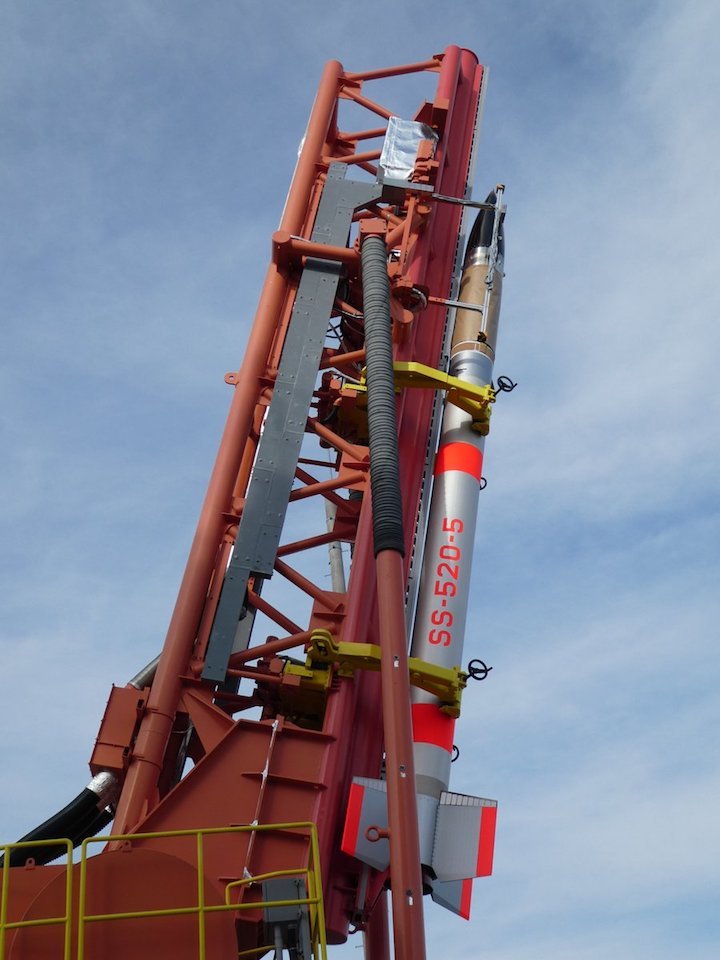
Quelle: JAXA
---
Update: 3.02.2018
.
Start von SS-520 No.5
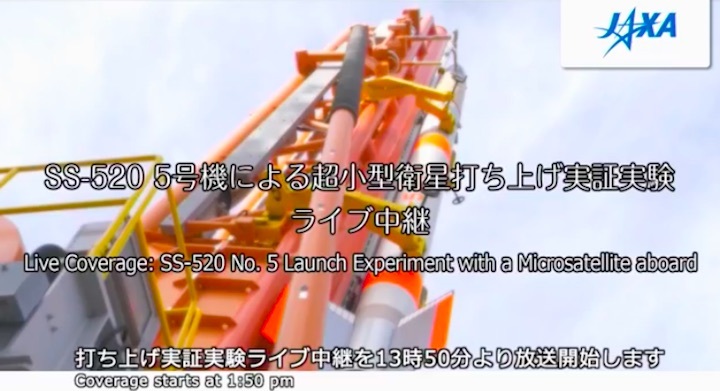
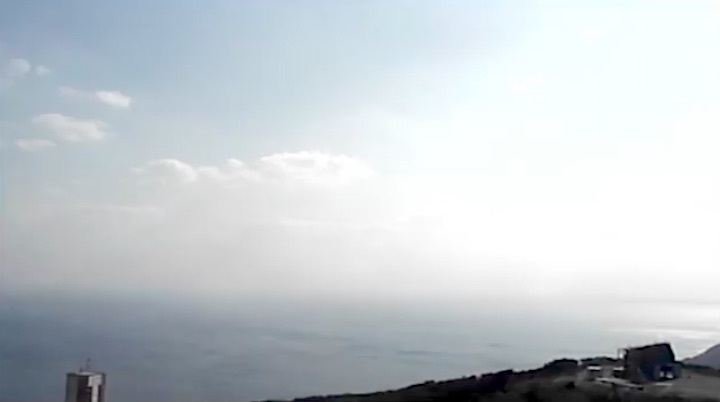



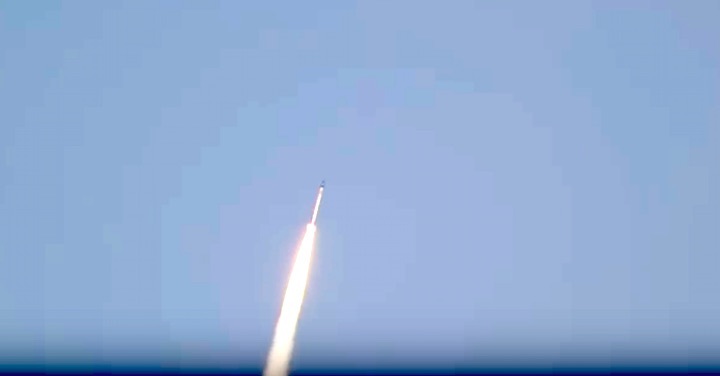
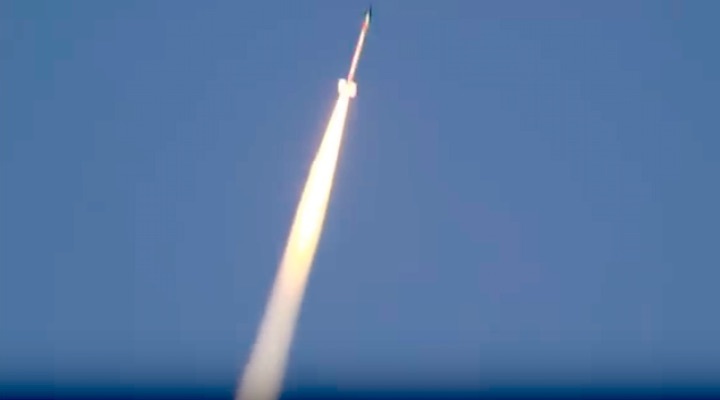
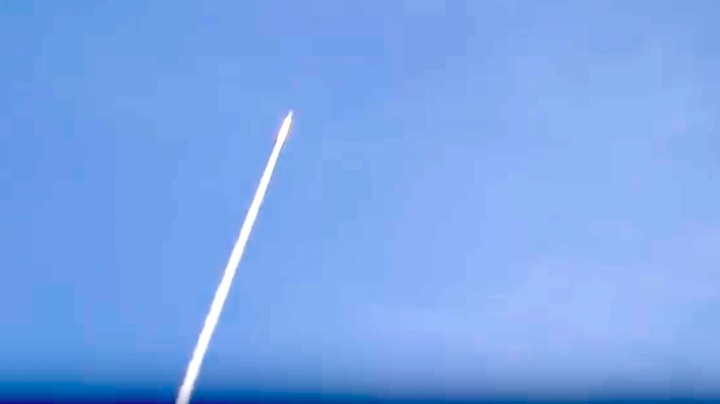

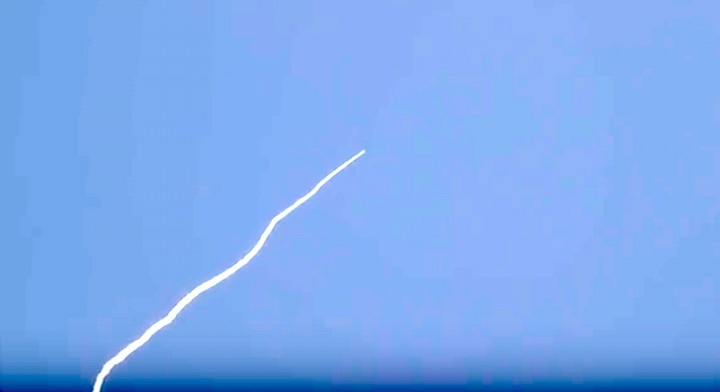
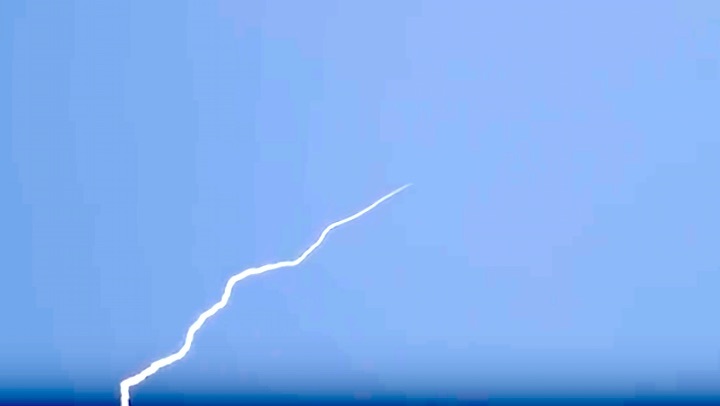

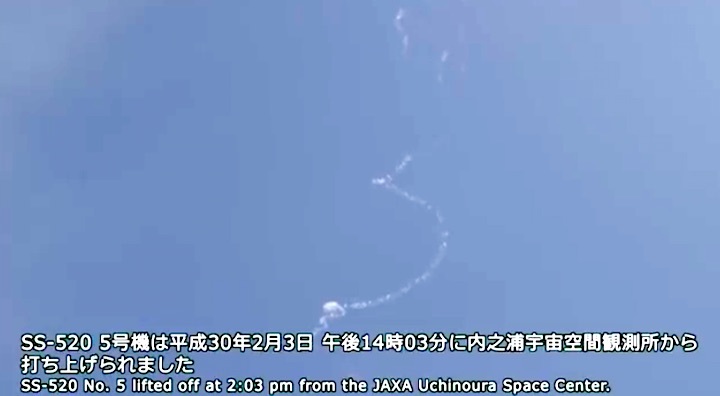
Quelle: JAXA
+++
Japan launches world's tiniest satellite-carrying rocket
KAGOSHIMA
Japan successfully launched Saturday the world's smallest satellite-carrying rocket following a failed attempt in January last year, the country's space agency said.
The rocket about the size of a utility pole, measuring 10 meters in length and 50 centimeters in diameter, lifted off from the Uchinoura Space Center in Kagoshima Prefecture just after 2 p.m, and delivered its payload to its intended orbit, according to the Japan Aerospace Exploration Agency.
The No. 5 vehicle of the SS-520 series carried a microsatellite weighing about 3 kilograms developed by the University of Tokyo to collect imagery of the Earth's surface.
The launch was aimed at verifying JAXA's technology to send a small rocket made with commercially available components to the sky at lower cost amid growing global demand for microsatellites. The space agency used components found in home electronics and smartphones for the rocket.
JAXA launched the No. 4 vehicle on Jan 15 last year, but terminated its flight shortly after liftoff due to a telecommunication problem. The agency found that vibrations during liftoff caused a short circuit, leading to a loss of power in the data transmitter.
For the No. 5 vehicle launch, the agency made more than 40 improvements to prevent a recurrence.
Quelle: JAPANTODAY
+++


